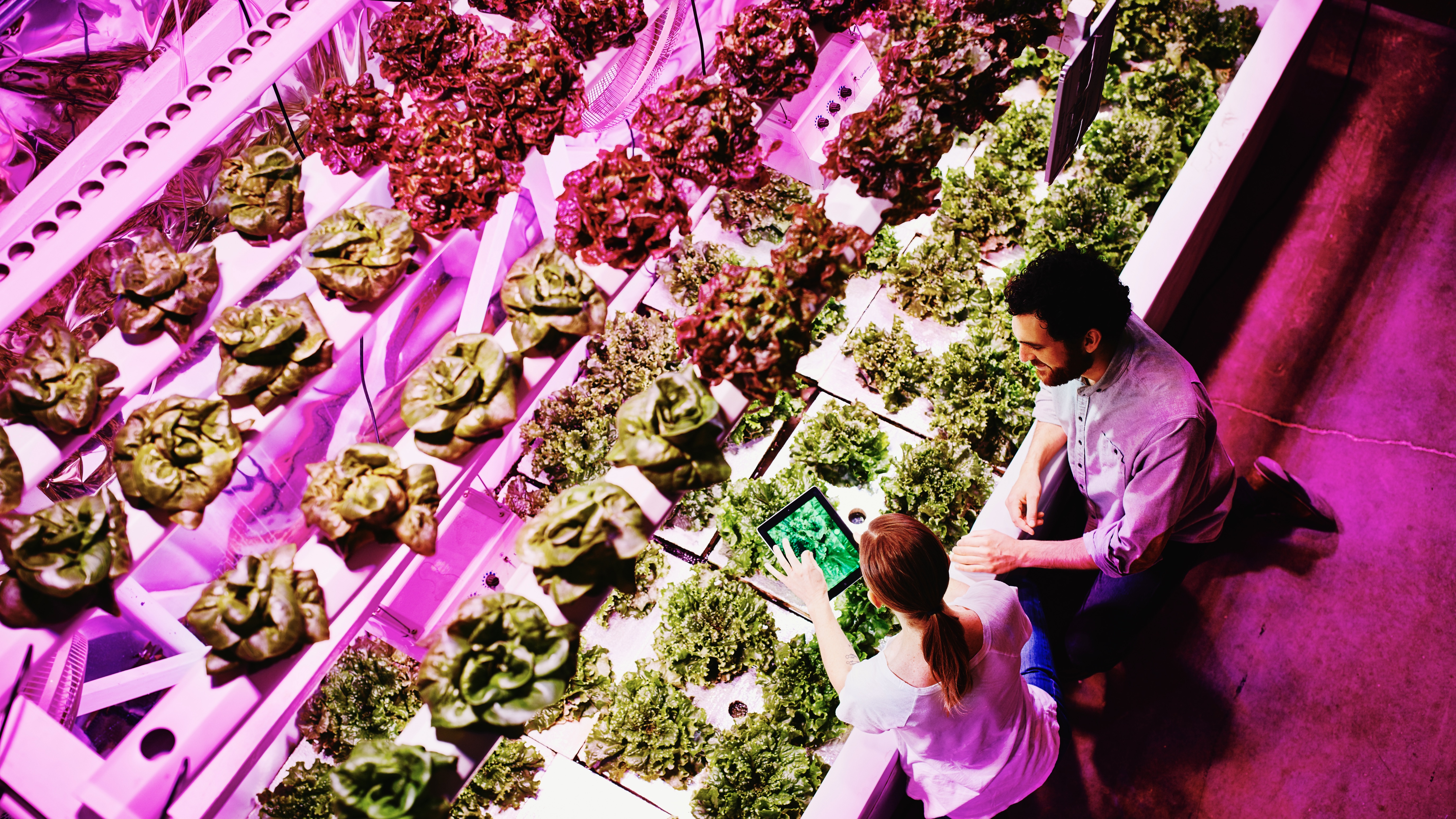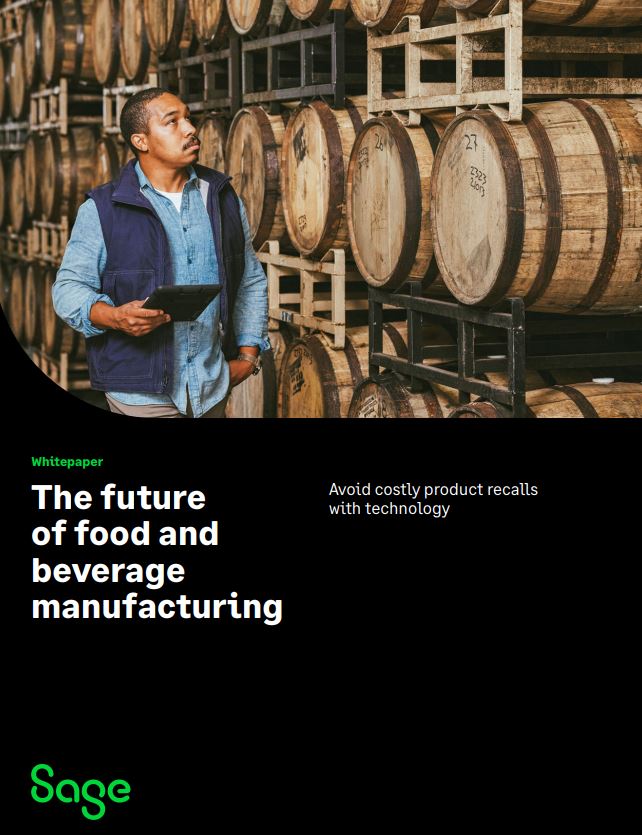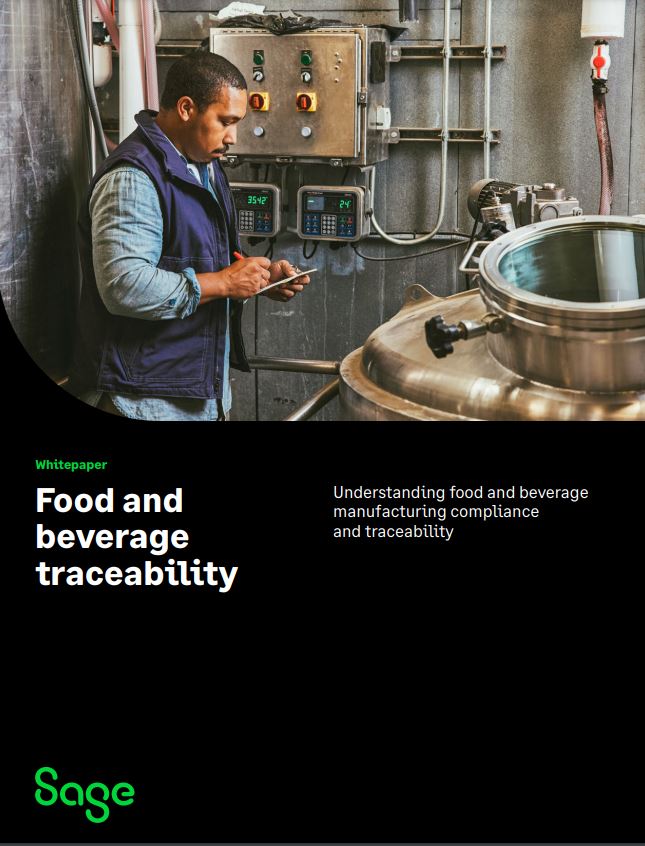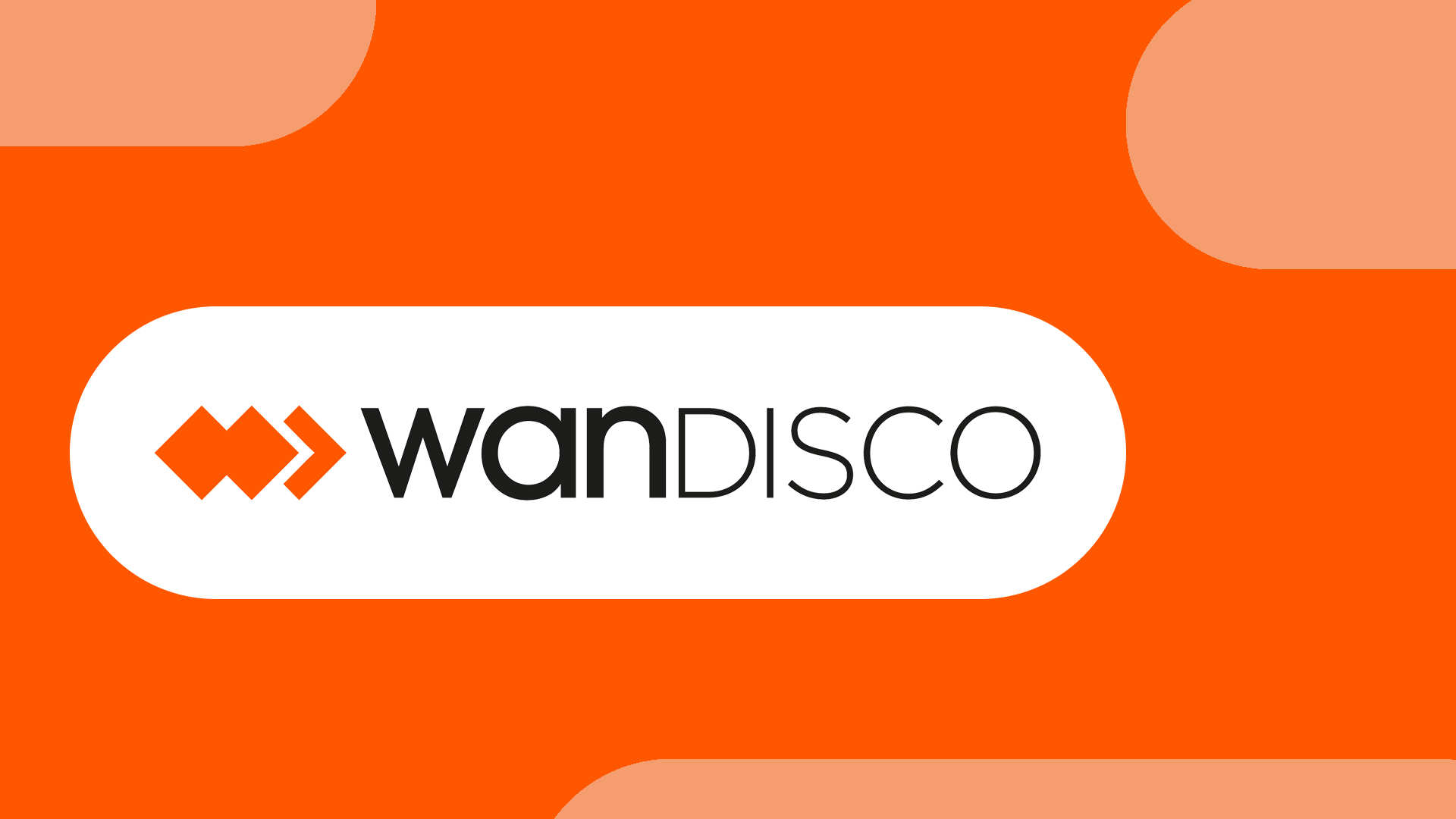Why FoodTech M&A activity has stopped surging
FoodTech’s impressive surge has stalled in 2022, but the M&A slowdown is only a blip, with the wider sector gearing up for an imminent boom


Food technology (FoodTech) has been used to speed up and enhance food production – in terms of manufacturing, storage and distribution – for hundreds of years. Think about the use of roads, water and, more recently, rail to distribute food. The 20th century also gave rise to domestic fridges and freezers.
RELATED RESOURCE

The future of food and beverage manufacturing
Avoid costly product recalls with technology
The world, however, is reaching the point where conventional methods of feeding humanity aren’t enough. Across a wide and deep spectrum, FoodTech is flexing its power, with new ideas tested and successes growing in number. Thousands of companies operate in the FoodTech sector, in hundreds of different ways. With food so essential to our lives, and the sector so vibrant that mergers and acquisitions (M&A), too, are inevitable.
Despite a rampant surge across all metrics in 2021, the industry is undergoing somewhat of a slowdown this year – with the war in Ukraine and other factors leading to a cooling off in investment and M&A activity. There are plenty of reasons to believe, however, that this is simply a blip, with the industry set to undergo another impressive period of growth.
FoodTech is a rapidly growing sector
For most of us, FoodTech spans areas like distribution, genetically modified crops (not just in agriculture but also in livestock and fishing farms), the production of synthetic foods, and app-based ordering and delivery.
In reality, the sector is much more vast. The UK’s Food Standards Agency examined the breadth of the technologies that will shape the UK food system, identifying six fields of technology with implications for the industry, consumers, food safety and regulation:
- Food production and processing, including indoor farming, 3D food printing, food side and byproduct use, novel non-thermal processing, and novel pesticides
- Novel sources of protein such as insects, for both human consumption and animal feedstock
- Synthetic biology, including lab-grown meat and proteins
- Genomics applications along the value chain for food safety applications, and personal nutrigenomics
- Novel packaging such as active, smart, biodegradable, edible, and reusable solutions
- Digital technologies in the food sector to support analysis, decision making and traceability
The report is a fascinating primer, but even just glancing at that list illustrates how broad and deep this sector already is – and it’s growing fast. According to Forward Fooding, an organisation dedicated to helping FoodTech entrepreneurs access funding, $50.4 billion (roughly £42.4 billion) was invested in the sector in 2021 – a 67% increase against 2020.
The FoodTech unicorns making waves
A vibrant and growing sector will inevitably lead to M&A activity, although it’s a complex picture. Venture capital into the sector was somewhat down in early 2022, due to the Russian war in Ukraine, according to Dealroom, a provider of intelligence on startups and tech ecosystems. Growth was huge in 2021, nonetheless, and 2022 is still showing some strength with the overall FoodTech industry valuation up considerably against the end of 2020; data from Q3 shows the industry is valued at $1.3 trillion. A general result of the slowdown is that IPOs are stagnant, but smaller-cap M&As are still taking place as the sector continues to consolidate.
ChannelPro Newsletter
Stay up to date with the latest Channel industry news and analysis with our twice-weekly newsletter
Yet, there are some firms in the FoodTech sector whose size may make them unattractive to takeovers or mergers, especially from within the sector itself. This year, DigitalFoodLab identified 55 FoodTech unicorns in Europe, including 23 new unicorns in 2021 alone. More than half (58%) of the unicorns identified are in the food delivery sector, but there are others including in the AgriTech, food science, robotics, packaging and supply chain sectors.
“The consistency of speed at which startups become unicorns, combined with the acceleration of the number of new FoodTech startups and the amounts invested in the ecosystem, let us think that we can expect many more unicorns in the years to come,” according to the organisation’s report. “Indeed, investments in the ecosystem more than doubled globally in 2021. We can then expect that from 23 new FoodTech unicorns in 2021, we will have at least 50 or more new unicorns per year in three to five years”.
Success doesn’t make these companies unattractive inherently and is also likely welcomed by the entrepreneurs who founded these ventures. This level of growth, however, and inflated valuations might be a “double-edged sword”. Indeed, financing a takeover or merger with a billion-dollar company requires serious financial input. Either these companies must be acquired by other deep-pocketed unicorns, or they must exit into the public market – through IPOs – which has the disadvantage of shareholders not accepting “anything less than stellar growth for companies with high valuations”. The other route is sourcing a takeover from a large entity outside the sector altogether.
FoodTech needs altruism over the profit motive
Should the largest FoodTech firms attract attention from companies outside the sector itself, it might mean a change of emphasis. Startups with more altruistic ambitions of investing to address the problems that sparked them into life might evolve into profit-motivated entities that exist to reward owners and shareholders. This remains speculative but is worth considering as the sector continues to grow.
How to build a unicorn
RELATED RESOURCE

Food and beverage traceability
Understanding food and beverage manufacturing compliance and traceability
Prospects for the future growth of the industry are, regardless, very strong, because the demand for new systems and technology to manage food will only continue to grow. By 2050, two-thirds of the world’s population will live in cities and will consume 80% of all food produced, according to the Tony Blair Institute for Global Change. Its paper discusses how cities can work harder on generating their own food – with some strategies relying on technology and others focusing on more conventional measures.
It’s clear our need for better use of technology in food production, management, distribution – and the rest – is not going away. It’s also inevitable that FoodTech firms will be of different sizes – from small and hyperlocal to multinational – and finance will range between charity and social-based models right through to large corporate entities. Unicorns matter as much as small social enterprises in the scheme of things, but so does the motivation, namely the reinvestment of profits back into core activity. As the sector matures, it will be interesting to see how FoodTech’s finance models develop.

Sandra Vogel is a freelance journalist with decades of experience in long-form and explainer content, research papers, case studies, white papers, blogs, books, and hardware reviews. She has contributed to ZDNet, national newspapers and many of the best known technology web sites.
At ITPro, Sandra has contributed articles on artificial intelligence (AI), measures that can be taken to cope with inflation, the telecoms industry, risk management, and C-suite strategies. In the past, Sandra also contributed handset reviews for ITPro and has written for the brand for more than 13 years in total.
-
 Bigger salaries, more burnout: Is the CISO role in crisis?
Bigger salaries, more burnout: Is the CISO role in crisis?In-depth CISOs are more stressed than ever before – but why is this and what can be done?
By Kate O'Flaherty Published
-
 Cheap cyber crime kits can be bought on the dark web for less than $25
Cheap cyber crime kits can be bought on the dark web for less than $25News Research from NordVPN shows phishing kits are now widely available on the dark web and via messaging apps like Telegram, and are often selling for less than $25.
By Emma Woollacott Published
-
 How to empower employees to accelerate emissions reduction
How to empower employees to accelerate emissions reductionin depth With ICT accounting for as much as 3% of global carbon emissions, the same as aviation, the industry needs to increase emissions reduction
By Fleur Doidge Published
-
 Worldwide IT spending to grow 4.3% in 2023, with no significant AI impact
Worldwide IT spending to grow 4.3% in 2023, with no significant AI impactNews Spending patterns have changed as companies take an inward focus
By Rory Bathgate Published
-
 Report: Female tech workers disproportionately affected by industry layoffs
Report: Female tech workers disproportionately affected by industry layoffsNews Layoffs continue to strike companies throughout the tech industry, with data showing females in both the UK and US are bearing the brunt of them more so than males
By Ross Kelly Published
-
 How can small businesses cope with inflation?
How can small businesses cope with inflation?Tutorial With high inflation increasing the cost of doing business, how can small businesses weather the storm?
By Sandra Vogel Published
-
 How to deal with inflation while undergoing digital transformation
How to deal with inflation while undergoing digital transformationIn-depth How can organizations stave off inflation while attempting to grow by digitally transforming their businesses?
By Sandra Vogel Published
-
 How businesses can use technology to fight inflation
How businesses can use technology to fight inflationTUTORIAL While technology can’t provide all the answers to fight rising inflation, it can help ease the pain on businesses in the long term
By Sandra Vogel Published
-
 Embattled WANdisco to cut 30% of workforce amid fraud scandal
Embattled WANdisco to cut 30% of workforce amid fraud scandalNews The layoffs follow the shock resignation of the company’s CEO and CFO in early April
By Ross Kelly Published
-
 Is Rishi Sunak’s ‘Unicorn Kingdom’ a reachable goal or a mere pipedream?
Is Rishi Sunak’s ‘Unicorn Kingdom’ a reachable goal or a mere pipedream?Analysis Plunging venture capital investment and warnings over high-growth company support raise doubts over the ‘Unicorn Kingdom’ ambition
By Ross Kelly Published